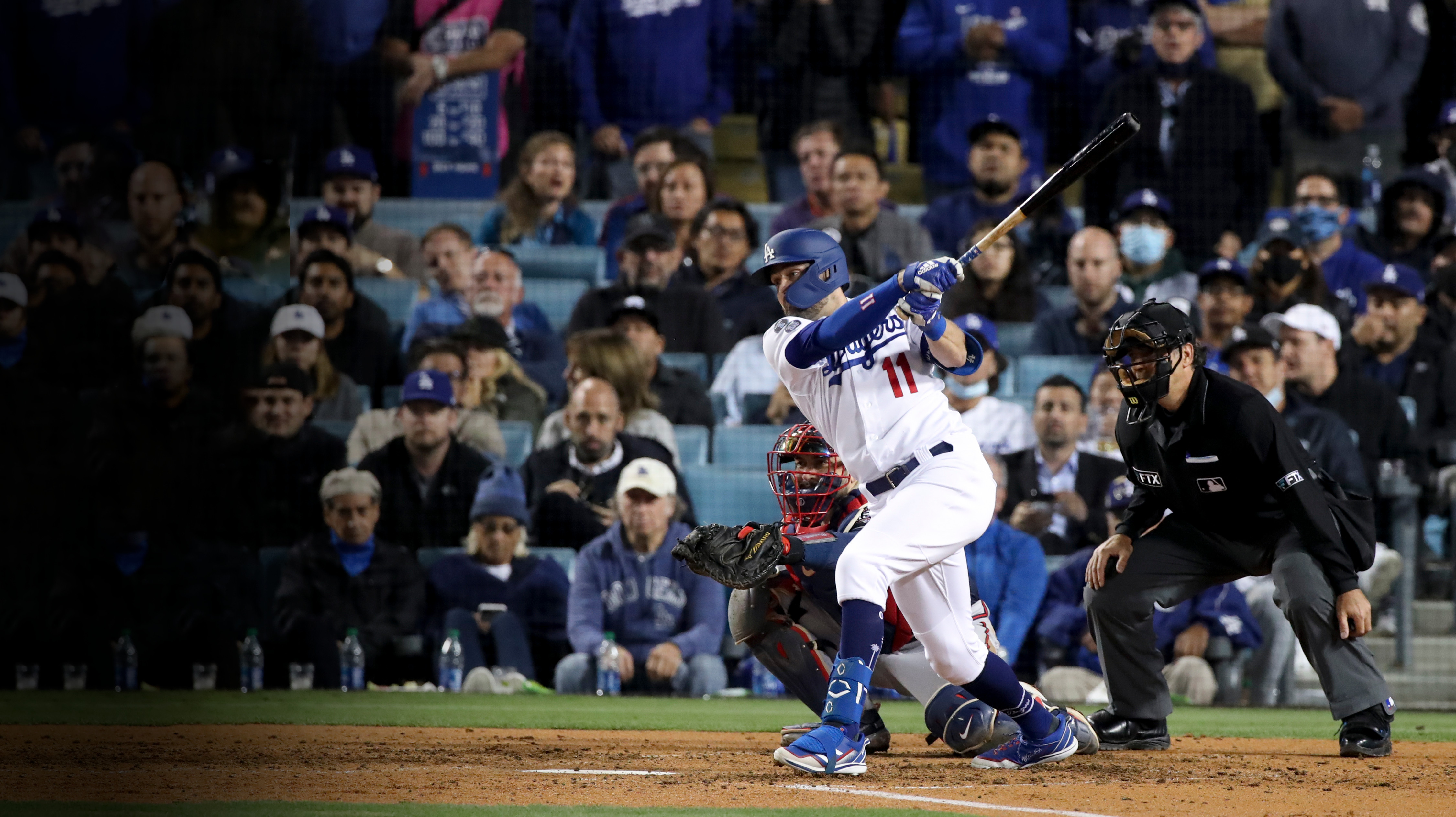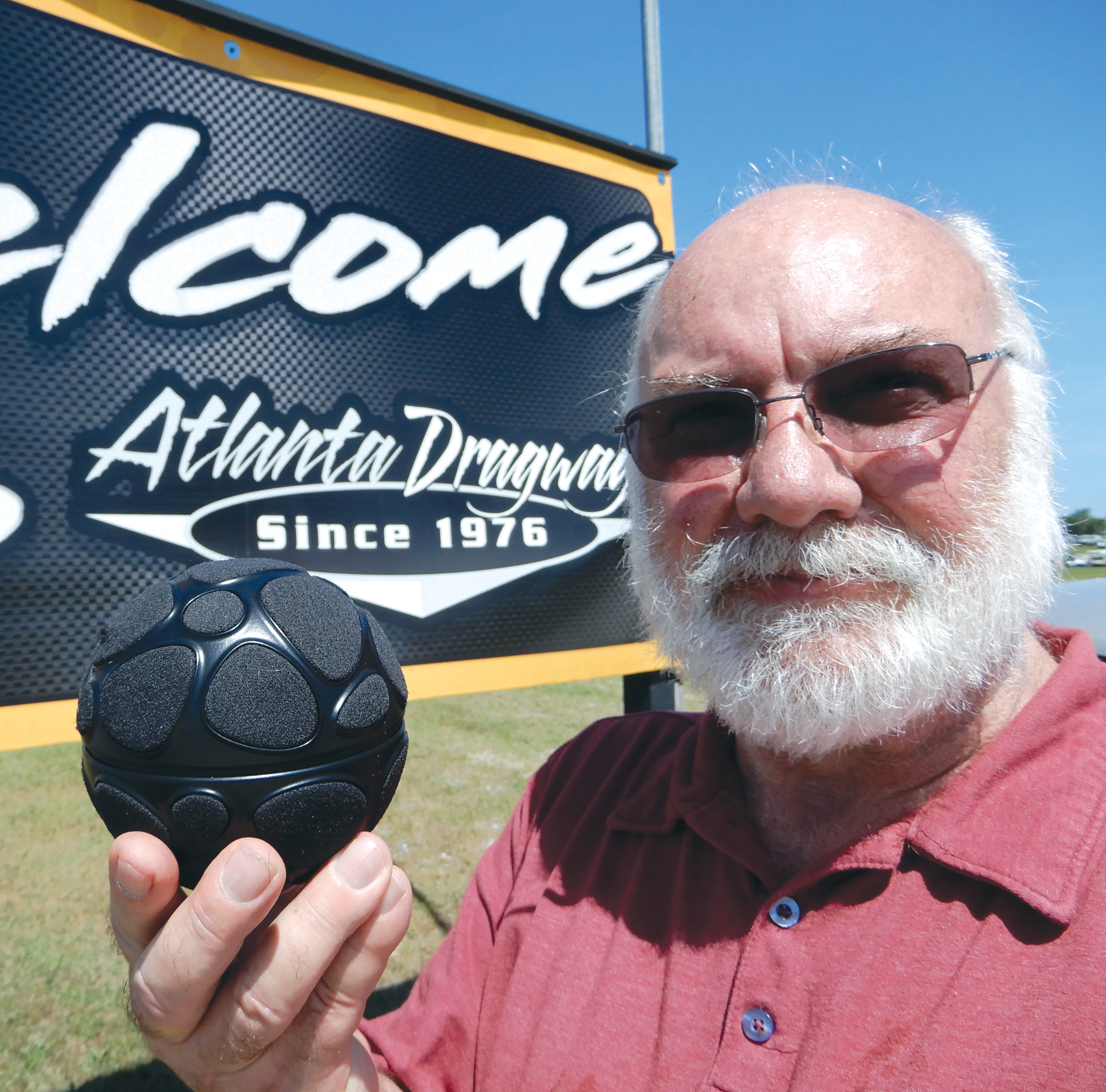Audio Acrobatics or Just Trampoline Sound?
I enjoyed the sound of all the divisional and series playoffs, but a smooth-balanced soundscape is easily just as entertaining without any trampoline sound dynamics

MLB’s fall sports classic is over. ESPN, TBS and Fox Sports all had excellent coverage, but I have often wondered why the same sport, played in similar outdoor stadiums, using a very aggressive microphone plan all sound different. Is the tone of the program different because of the broadcaster or the mixer?
Live audio and particularly live sports sound can be especially challenging because often audio is unpredictable, difficult to tame and there usually is no dress rehearsal till you go to air—and even then, there are the audio gremlins.
With mandated loudness requirements and a wide digital audio dynamic range it seems the oldest instrument in the audio toolbox, the compressor/limiter is getting a good workout. I used to get my feathers ruffled when my BBC friends would comment about how over-compressed and jerky sounding live American television sports was. And you know what—I think the criticism is warranted.
DYNAMIC RANGE
A compressor squeezes the wide range of volume levels (dynamic range) that sports captures and combines into a fixed pipeline. Clearly this process shapes the tone of the audio signal with significant consequences. Before the time when each audio channel and group had its own compressor, compressors were usually patched across the mix groups and would affect all the sounds in that mix group. Compressing the groups or master channels is usually a compromise setting between many sound sources with different dynamic characteristics and can easily result in audible pumping from over compression.
Compressors have a threshold that tells the compressor where the process should begin, a ratio control that sets the amount of compression, along with a control for the attack and release time of the effect. The threshold, compression ratio, attack and release are decided by the dynamics of the sound source, but ultimately the ears of the sound mixer should be the test.
I know you have heard over-compression or maladjustments when a sharp sound, like the crack of the bat triggers a fast attack on a compressor, which reduces the spike in the volume level. That’s what a compressor does. But my biggest complaint is that too often there is a disturbingly slow ramp back to regular volume levels.
The professional video industry's #1 source for news, trends and product and tech information. Sign up below.
Audio dynamics are also controlled by limiting and gating. Limiting the extreme volume is valuable because when audio becomes excessive in the digital conversion the corrupt data is probably not usable. Gating keeps an audio channel closed until a certain threshold level or event opens up the sound channel and audio passes through.
Gating can be an automated process where the gate can be adjusted to open at a particular sound threshold, or a gate can be externally triggered by a video switcher. Additionally in sports a “gated sound” can be purely manual and accomplished by the finger dexterity of the audio mixer. The problem with a tight, fast gate is there can be an apparent “sound bumping” as that unique sound is being added to the mix.
SOUND BUMPING
You would have experienced sound bumping when you hear the football referee microphone being turned on and off during a football telecast, or when you hear the baseball home plate sound bump in as the ball crosses the plate. The sound bump in football seems perfectly natural because the viewer sees and hears the official switch their own sound on and off, but I find sound bumping in baseball distracting.
Manually bumping up the sound to try and heighten the crack of the bat, smack of the ball to leather or the call of the umpire is a method to try and accentuate a key aspect of baseball sound—the home plate. As a young fledgling mixer, I was in awe of the sound of CBS Sports and certainly noticed the bump in sound as the ball crossed home plate. I thought if that was the way CBS did it, it had to be right—and I did it too.
The degree and artistic difference of the bumping varies between the mixers, yet with a wireless microphone on the umpire I seriously question the necessity to try and dig any deeper for the home plate sound and inevitably causing a noticeable sound bump.
Like the delay/lip sync issue, compression exists at the OB van, maybe during backhaul, or finally in master control and transmission to the viewer/listener. So it is hard to be critical of overly compressed audio when I am uncertain of the exact source. If the entire program ramps down and rises back up then the source of the over-compression is likely master control or in the transmission path.
If only a single aspect of the sound, like the effects mix or just the announcers are pumping in and out then the source of the over-compression is likely at the OB van. If the compression issue happens during backhaul, in the master control room or in the retransmission process, the audio mixer in the OB van would never hear it, but if the compression is at the OB van the mixer should be able to hear it and adjust. There are a lot of places for something to go wrong.
Sports sound changed when sports type games amped up the intensity and expectations for in-your-face sound. Since then there has been tremendous pressure for more sound and sound detail especially during championships and big events. Compressors and sound bumping are an attempt to entertain and engage the audience and I doubt if the phone lines are burning up with complaints about too much compression.
But it is obnoxious if repetitive and certainly unnecessary. I enjoyed the sound of all the divisional and series playoffs, but a smooth-balanced soundscape is easily just as entertaining without any trampoline sound dynamics.
Dennis Baxter has spent over 35 years in live broadcasting contributing to hundreds of live events including sound design for nine Olympic Games. He has earned multiple Emmy Awards and is the author of “A Practical Guide to Television Sound Engineering,” published in both English and Chinese. His current book about immersive sound practices and production will be available in 2022. He can be reached at dbaxter@dennisbaxtersound.com or at www.dennisbaxtersound.com.

